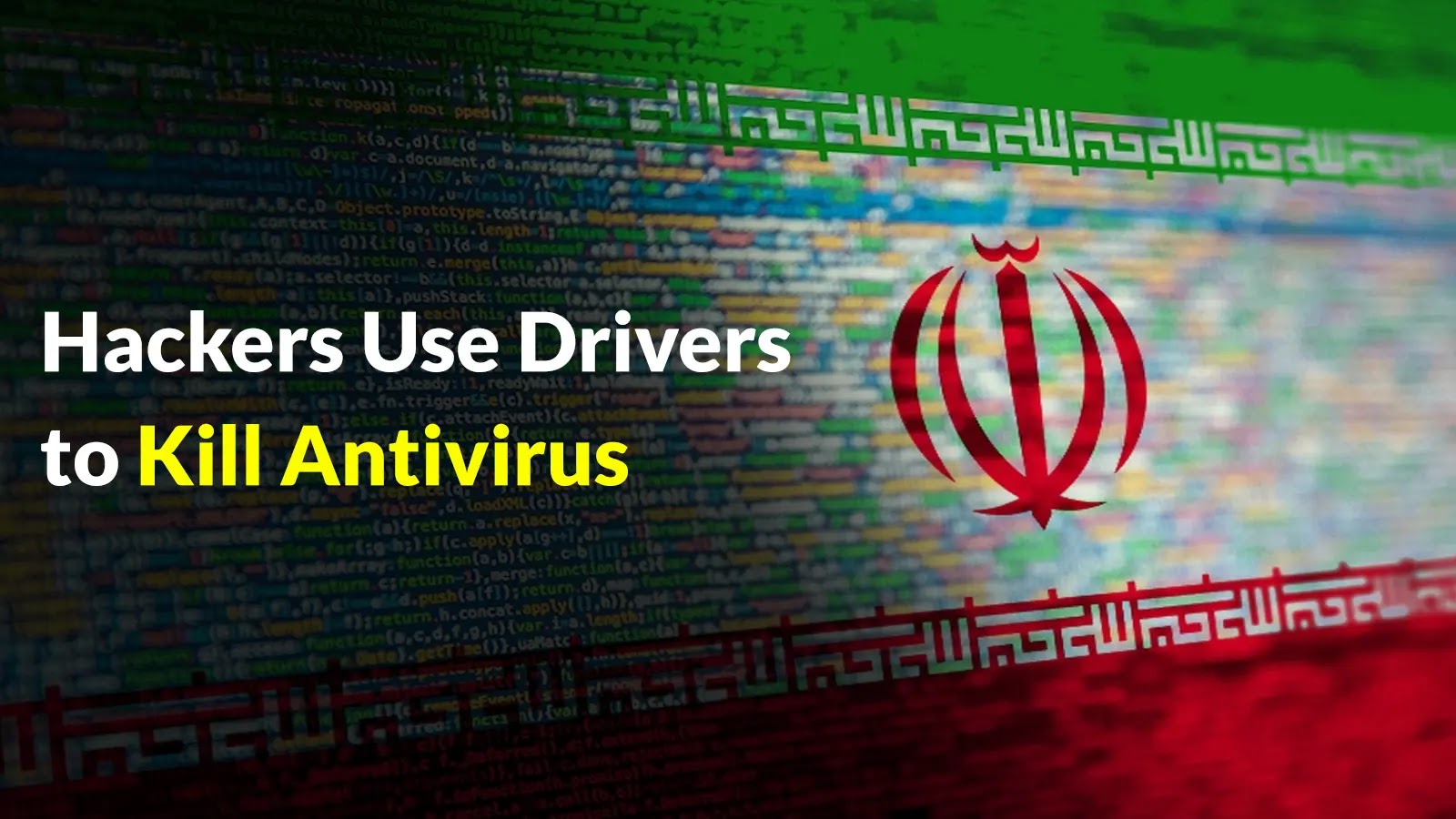
IRGC Hacker Groups Attacking Targeted Financial, Government, and Media Organizations
The digital battlefield is expanding, and nation-state actors are continually refining their asymmetric warfare capabilities. Recent events, particularly a 12-day conflict between Israel and Iran in June 2025, underscored a chilling evolution: the unprecedented coordination between military operations and sophisticated cyberattacks. This isn’t just about data breaches; it’s about targeted disruption and strategic coercion. Organizations across critical sectors—finance, government, and media—are increasingly finding themselves in the crosshairs of sophisticated, state-sponsored campaigns. The focus of this analysis is the activities of Iranian-linked cyber threat actors, specifically hacker groups associated with the Islamic Revolutionary Guard Corps (IRGC), and their coordinated digital offensive against global critical infrastructure.
IRGC Hacker Groups: A New Era of Coordinated Cyber Warfare
During the intense June 2025 conflict, a highly coordinated network of Iranian-linked cyber threat actors launched a series of digital operations that transcended traditional cyber espionage. This campaign demonstrated a disturbing synergy, where cyber operations were not merely supportive but integral to broader military and political objectives. The targeted sectors—financial institutions, government agencies, and media organizations—were selected for their strategic value, aiming to inflict economic damage, sow political instability, and control narratives. The scale and coordination observed suggest a significant escalation in the capabilities and intent of these groups, moving beyond isolated incidents to a concerted, multi-pronged digital offensive.
Targeted Sectors and Modus Operandi
The selection of financial, government, and media organizations as primary targets is deliberate. Attacking financial institutions can disrupt economies, erode public trust, and create panic. Government agencies are targeted for intelligence gathering, disruption of essential services, and to undermine state functions. Media organizations, on the other hand, are crucial for information warfare, enabling the spread of disinformation and propaganda while suppressing dissenting voices. The modus operandi likely involved a combination of tactics:
- Advanced Persistent Threats (APTs): Long-term, covert operations designed to gain deep access and persistence within target networks.
- Data Exfiltration: Stealing sensitive information for intelligence purposes or to be used as leverage.
- Website Defacement and Denial of Service (DoS/DDoS): Disrupting online services and public-facing platforms to cause reputational damage and operational paralysis.
- Wiper Malware: Destructive attacks designed to erase data and render systems inoperable, causing significant operational disruption and recovery costs.
- Supply Chain Attacks: Compromising trusted third-party vendors to gain access to broader networks.
The Blurring Lines: Military and Cyber Operations
The most alarming aspect of this campaign was the “unprecedented coordination” between military operations and state-sponsored cyberattacks. Historically, cyber warfare has often been seen as a separate, albeit related, domain. However, the June 2025 events indicate a complete integration, where cyberattacks likely served to:
- Pre-position for Kinetic Strikes: Gaining reconnaissance or disabling defensive systems ahead of physical attacks.
- Amplify Conflict Impact: Extending the effect of military actions into the digital realm, causing widespread societal disruption.
- Control Narrative and Perception: Manipulating public discourse through compromised media outlets or targeted disinformation campaigns.
This integration demands a re-evaluation of national security strategies and corporate cyber defense postures. Organizations must now consider themselves potential targets in geopolitical conflicts, even if they are not directly involved in military operations.
Remediation Actions and Proactive Defense
In light of these escalating threats from IRGC-linked groups and other state-sponsored actors, a robust and layered cybersecurity posture is no longer optional—it’s imperative. Organizations, particularly those in financial, government, and media sectors, must implement comprehensive defense strategies:
- Enhanced Network Segmentation: Isolate critical systems and data to limit lateral movement in case of a breach.
- Multi-Factor Authentication (MFA): Implement MFA across all services, especially for remote access and privileged accounts, to counter credential theft.
- Regular Vulnerability Management: Continuously identify and patch vulnerabilities. Prioritize critical vulnerabilities, potentially including those covered by CVEs like critical server-side request forgery (SSRF) vulnerabilities (e.g., CVE-2023-38500) or remote code execution (RCE) flaws (e.g., CVE-2024-21318) that nation-state actors frequently exploit.
- Endpoint Detection and Response (EDR)/Extended Detection and Response (XDR): Deploy advanced solutions for continuous monitoring, threat detection, and automated response capabilities across endpoints and networks.
- Incident Response Plan Development and Testing: Develop and regularly test a comprehensive incident response plan to ensure rapid detection, containment, eradication, and recovery from attacks.
- Employee Security Awareness Training: Educate employees about phishing, social engineering, and other common attack vectors.
- Threat Intelligence Integration: Subscribe to and integrate high-fidelity threat intelligence specifically on nation-state actors and their Tactics, Techniques, and Procedures (TTPs).
- Data Backup and Recovery: Implement robust, isolated, and tested backup and recovery procedures to ensure business continuity in the event of a destructive attack.
- Supply Chain Security: Vet third-party vendors and ensure they adhere to robust security standards.
Conclusion: Adapting to a Geopolitically Charged Cyber Landscape
The coordinated cyber operations launched by IRGC-linked groups during the June 2025 conflict serve as a stark reminder of the evolving nature of global conflict. Cyber warfare is no longer a peripheral concern; it is an integral component of geopolitical strategies, capable of inflicting significant damage on critical infrastructure and societal stability. Organizations must recognize the heightened threat landscape and shift from reactive defense to proactive cyber resilience. This involves not only robust technical controls but also a deep understanding of threat actor motivations and TTPs. Staying informed, collaborative, and prepared is the only viable path forward in a world where the lines between physical and cyber conflict continue to blur.





